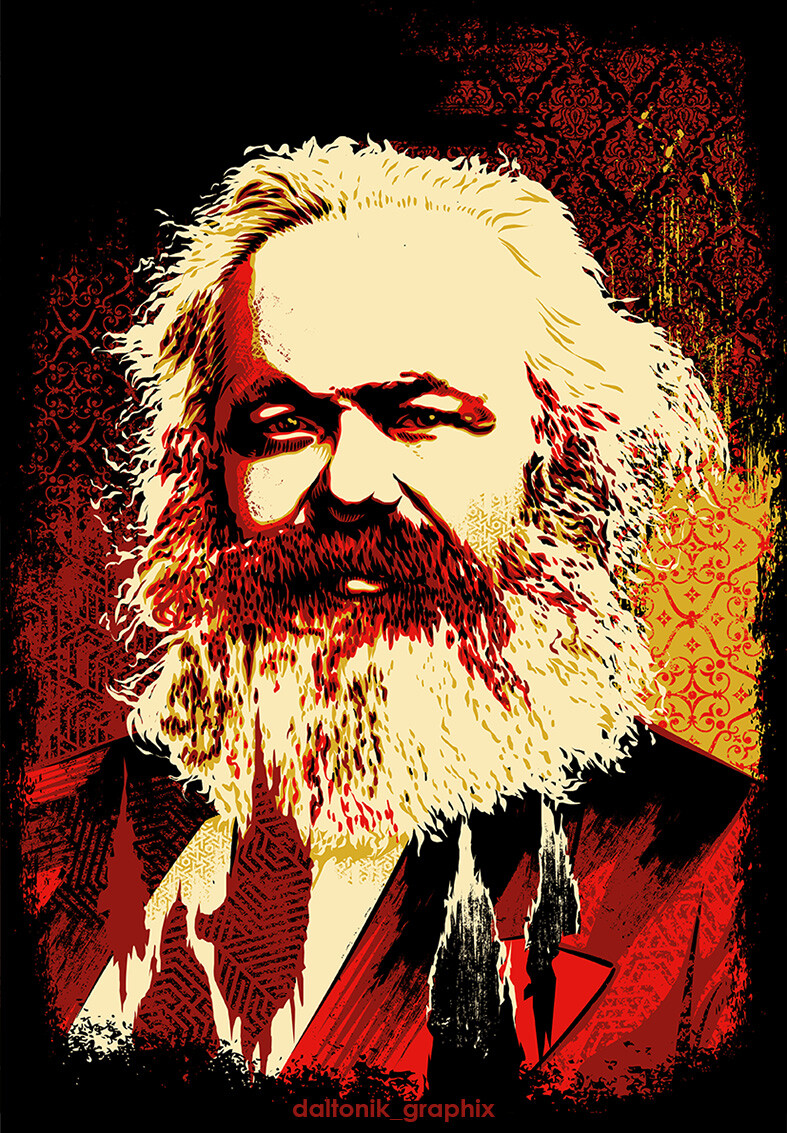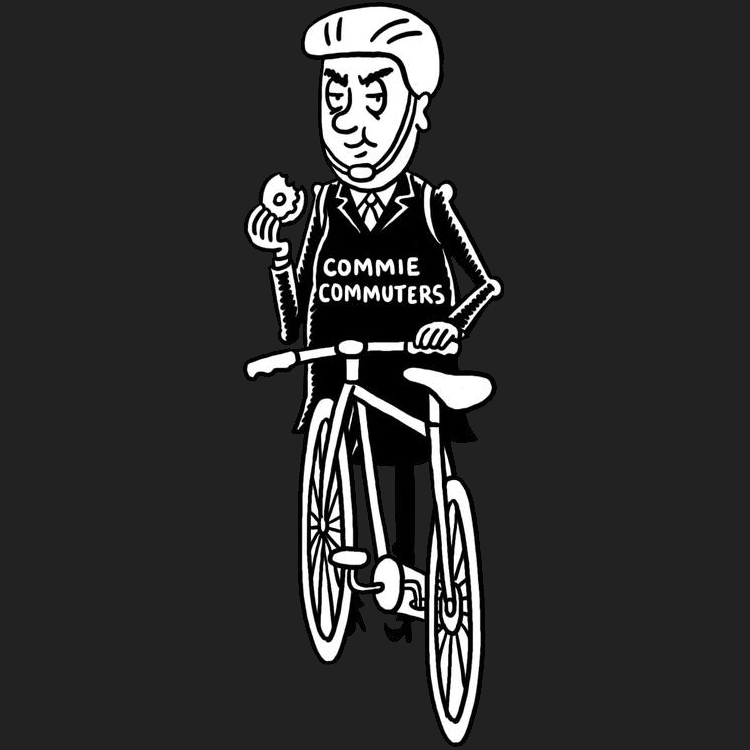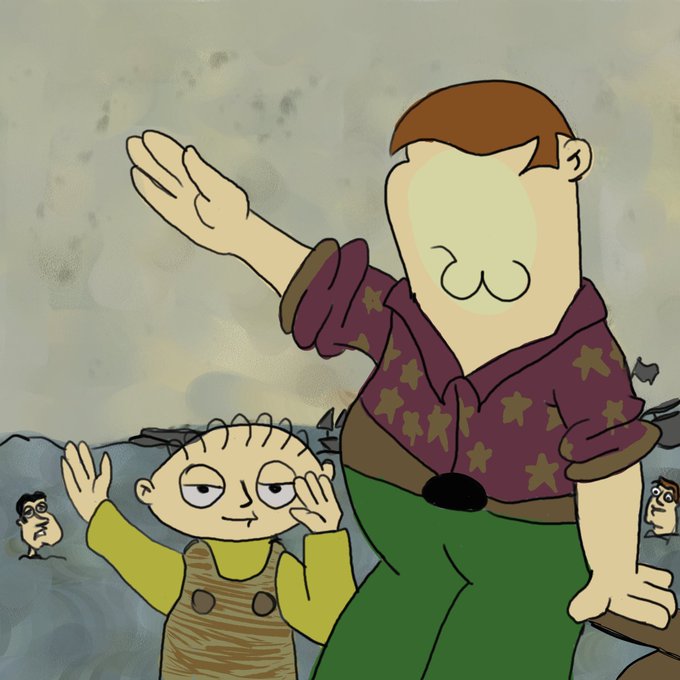I get the general notion of what it’s saying but I also feel entirely confused. Could someone explain it to me please?
You perform work all the time: Making food, fixing things, cleaning up, etc. It’s value is it’s use, a use-value.
When you sell your ability to do work, you enter an economic relation where your use-value (the ability to do work) is exchanged for money. This gives your work/labor exchange-value.
However, you cannot perform your now sold labor in your home. You must go to your job. This is your spacial mobility. Extend that out logically and you can incorporate migratory labor.
I am less familiar with the “economic relations that engender relative population surplus” but I think it has to do with the analysis in Chapter 25 of Capital, particularly part 3 where he describes the Reserve Army of Labor.
Population surplus i think isn’t an idea form Marx but (I think) from Mike Davis.
But the way Davis uses it, is beyond the reserve army of labor, racial capitalism creates so many jobless people that it doesn’t even need them as the reserve army of labor. Like, black unemployment reaches 40% at times.
These “surplus people” are managed spatially. The ones who are needed as the reserve army of labor are, and the rest are separated from productive society through borders, prions, ghettos, segregation and Apartheid.
A great example is how unemployment in Israel is about 5 to 10% but in the Gaza strip is 40 to 50%. Then, Palestinians are selectively let into Israel to perform below-market-rate labor while the rest are subjected to ghettoization and genocide.
I think that last part might be talking about ‘relative population surplus’ between regions/nations. Migrations are related to the relative pop surplus in relation to regions/nations. The incentive to migrate is inherent to this relation of relativity between regions/nations. The reserve army is relatively larger or smaller in relation to other regions/nations, and that incentivizes migration as a displacement force within those populations with a larger reserve army of labor.
I think about the fracking boom in the USA. Lots of labor force migrated (often temporarily) often from areas with higher relative reserve army to very rural unpopulated areas with almost zero reserve army causing lots of housing issues locally etc. Once labor is forced into an exchange-value relation, it is incentivized to migrate to areas of low reserve army where the exchange-value is greater.
Can’t read this rn as I’m busy at work, but thank you for the indepth response. Will respond again once I can properly read it.
If something, be it labor or a product of some sort, has “use value”, that means that the benefit it provides is tangible and that said benefit is enjoyed mostly by the person who possesses the product or does the work that has value. An example of a “use value” product could be the home that a person lives in, while an example of “use value” labor could be the act of making a meal for oneself. In both of these cases, the commodity, that being the house in the former and the person’s work in the latter, are beneficial to the person possessing or producing them specifically because they are being directly used by that person for a clear purpose like shelter or nutrition.
On the other hand, if a commodity has “exchange value”, that means it’s primary benefit is found in the possibility that it can be exchanged for something else, which is generally money under capitalism, rather than being directly beneficial itself. A house owned by a landlord who lives elsewhere is a good example of a commodity that has “exchange value” because its value to the landlord comes from their ability to rent it to someone who needs housing in exchange for money, since the landlord isn’t using it to house themselves. The topic of the above quote, “exchange value” labor, works somewhat similarly. Contrary to “use value” labor, which is performed to provide something useful for the person performing it, “exchange value” labor is performed for the sake of being traded for something of use to the person performing it. For instance, a cook working in a restaurant is performing “exchange value” labor, because they’re making meals in exchange for receiving the money they’ll use to satisfy their own needs from the restaurant’s owner rather than making meals for their own consumption. In other words, they’re giving, or “selling”, the value that comes from their labor to someone else.
In the quote, Marx is saying that, because “exchange value” labor has become much more prominent than “use value” labor, people have mostly stopped being able to work solely for their own sustenance. Since labor has become a commodity similar to any other product, the benefits and opportunities associated with “use value” labor have been stifled by capitalists, or the people who control the resources which humans need to survive, because capitalists stand to gain more from using labor for its newfound purpose by purchasing the labor of others, the fruits of which are sold back to labourers as consumer products, in exchange for offering workers access to said resources in the form of money. The fact that working to provide for oneself has become untenable because of capitalism has made people reliant on other people or outside institutions to survive, compelling workers to migrate in order to be in proximity to these external forces, since this proximity allows them to offer their labor to said forces more easily. These migrations can take the form of people leaving their homes to go to their places of work, as explained by ChaosMaterialist, but it also takes the form of people congregating in areas where they will have more opportunities to sell their labor, often large cities, or, more recently, foreign countries where there is a higher demand for their skill set than there is in the country they originate from.
In short, capitalism and its transformation of labor into something performed for the benefit of capitalists as opposed to the benefit of oneself have caused the massive amount of urbanization and immigration we see across the globe today.
Being really being pedantic but a commodity is only something which is sold and produced for the purpose of receiving money.
Being really being pedantic
 minor grammatical mistake, looks like everything you’re saying is incorrect so I win
minor grammatical mistake, looks like everything you’re saying is incorrect so I winshit and blood
Holy fuck I did NOT plan on making my comment this long but it might lead other Hexbears to be tricked into thinking I’m smart so it’s all good
Fungibility is the key to this form of commodification. Can the worker simply be replaced by purchasing another’s time on “the labor market?” If so, that’s what this section is describing. This is in contrast to, for example, an artisinal form of employment that requires years of learning and apprenticeship and is extremely limited in availability. No matter how much an employer wants to replace such a person, if there’s no one else, they are stuck.
The commodification of labor is a boon to the employers that develop it. If you can operate your business with less training you will spend less money on the training itself and can discipline labor by threatening to replace them from the reserve army of labor (the employed and underemployed). This drives down your labor costs. Other employers see this and do the same. Labor becomes mobile because of the need to look for work to survive and because the jobs available do not require artisinal training to get started.
Machinery and automation are good examples of how this works, albeit incompletely. They decrease labor costs directly, of course, because a human can spend less time making a thing with a machine (at the cost of buying the machine instead). They also tend to decrease costs by decreasing the training time required for most of the labor. Working a machine that creates form-molded Crocs is more accessible than becoming an expert cobbler. This story is incomplete because now there is a need for labor to create and maintain the machine, but this, too, then faces its own commodification. It’s all happening everywhere all at once.
An example of the Russian nesting doll of commodification along with machines is what tech nerds do. They’re often 5-8 levels up from the process of actually creating tangible commodities, including services. A tech worker might maintain a piece of software that makes it easier for other businesses to deploy software and the next-closest business deploys software on it that makes it easier for businesses to communicate sales to one another and the next-closest business there is selling an inventory management system that tracks what stuff they have to sell which is just a more convenient and labor-saving version of a paper ledger. As you descend the chain, commodification of labor increases.
At the top is the bespoke tech nerds, but their labor value is still always a target. This is why big tech consortia push for “STEM”. They want to increase their reserve pool of labor and thus make it more of a commodity.
Oh also it’s possible that I missed that it’s the last sentence you’re wondering about.
With migration, they’re talking about the mobility of labor. That the social relations of capitalism induces movement. They’re describing a real observed phenomenon at the time, a move to factories and a movement between regions to find work. The question is, why do they do that? The commodification of labor means that it is worth less over time, that it can be slotted into your business processes with less training, that you can replace your workers more easily. On the other hand, workers must be employed to survive. They are landless. They have no farms. They are not apprentices.
Therefore, the desperation of the working class induces them to move to where they can find employment and employers can leverage labor commodification to get workers to move to their place of business. This mobility represents a coercive relationship between employer and worker established by capital relations and, in particular, labor commodification.
Relative surplus population refers to the reserve army, the people desperate for work.
This makes me think I should stop being a fucking weepy lib and read the theory already, it seems clear enough to me
Maybe I’m wrong but the quick gist I get from it is that the commodification of labor (the result of laborers no longer being as strictly defined as “the tiny blob of people who live in the area”) has uprooted it, to be passed around like fuel, or accumulated in surplus or scarcity like a speculative item. And this is made possible by the same set of incentives that make owners want a dense population of labor around their factories, so that labor can just trickle in instead of having to be coerced and bribed into coming to live around the business.
If someone smart wants to tell me how I’m wrong I’m all for it
Thank you all so much for your concise explanations, it is incredibly helpful. @Maoo@hexbear.net I especially appreciate your clarification on the relative surplus population. I should really get around to reading Capital.
To tack onto what @Maoo@hexbear.net said, it is this form of commodification of labour that will eventually feed into the Leninist theory of imperialism. Imperialism isn’t when you take land, as land has no inherent value to the capitalist, imperialism is when you create a zone of enforced and tiered commodified labor based off of the geographic location or citizenship. Essentially, what made the Romans rich wasn’t land, it was slaves. But that is more advanced theory than what is being spoken of here. Perhaps easier to grasp, but what is important here is the math and the axiomatic assumptions underlying the argument.
What is being said here is that migration is caused by the very economic circumstances that create population surplus.
Basically the math is this. If we assume labor is a commodity (you have to sell your labor to live), and that the area which you live has only a fixed amount ‘work’ to be sold, or an amount of ‘work’ that does not increase commensurate to the population growth, then by definition there will not be enough ‘work’ to support the relative population surplus of laborers. These laborers that are left without work, will have to then migrate to areas where ‘work’ is available to be sold. Capitalism then, presupposes the ability of people to migrate to where work is in order to function.
It is from there that we can then discuss, if that is a presumption of capitalism, why then are migrant laborers (an assumed part of the economic system) always given the short end of the stick, rather than considered an essential part of the capitalist system, an investigation of contradictions which is what then leads into ideas of Leninist imperialism and tiered exploitation models.








